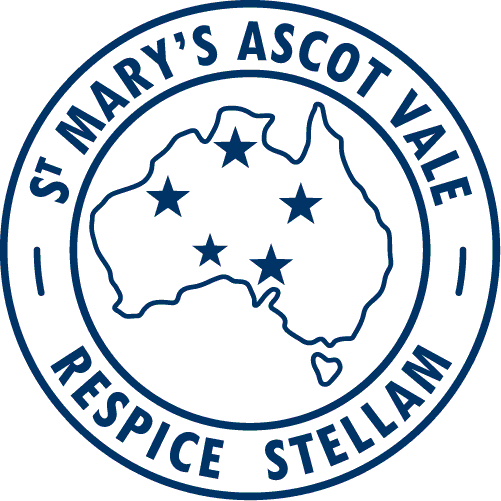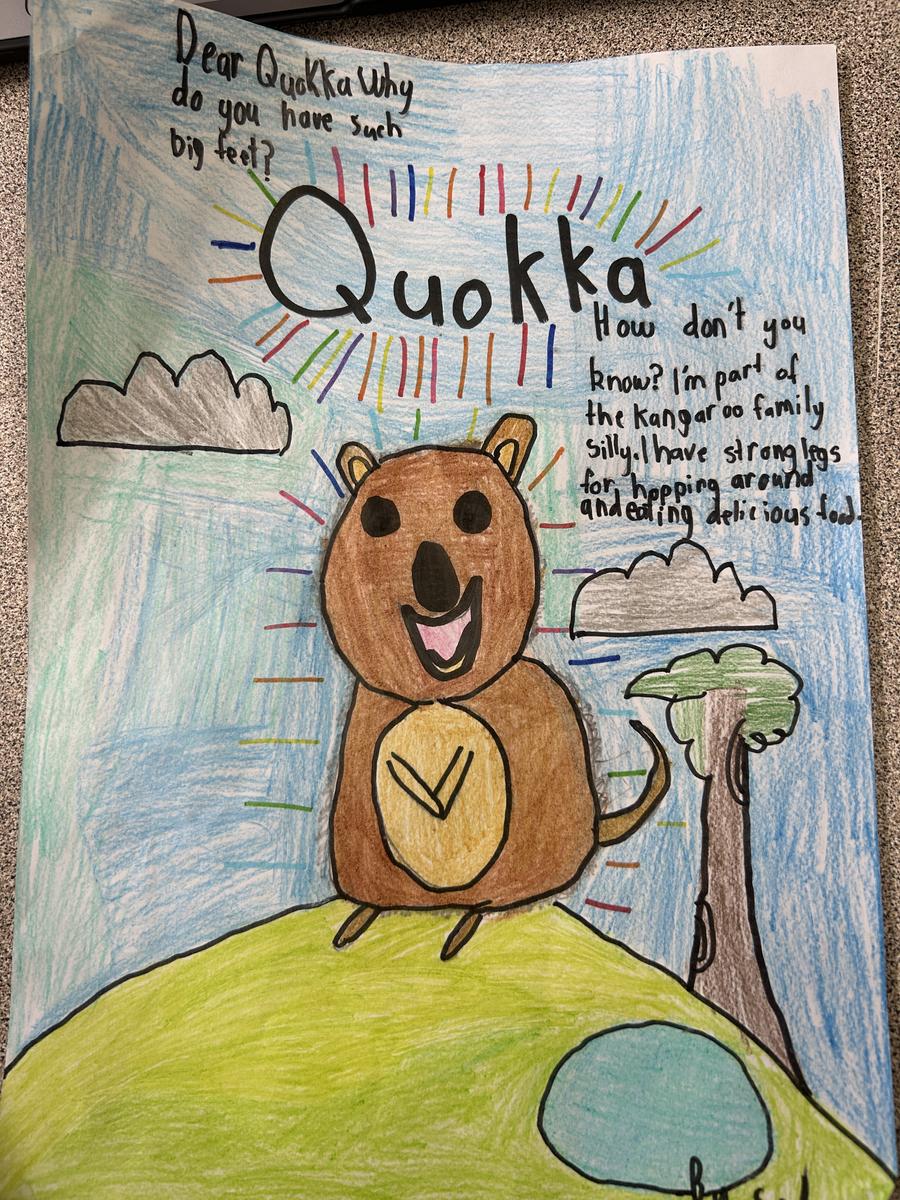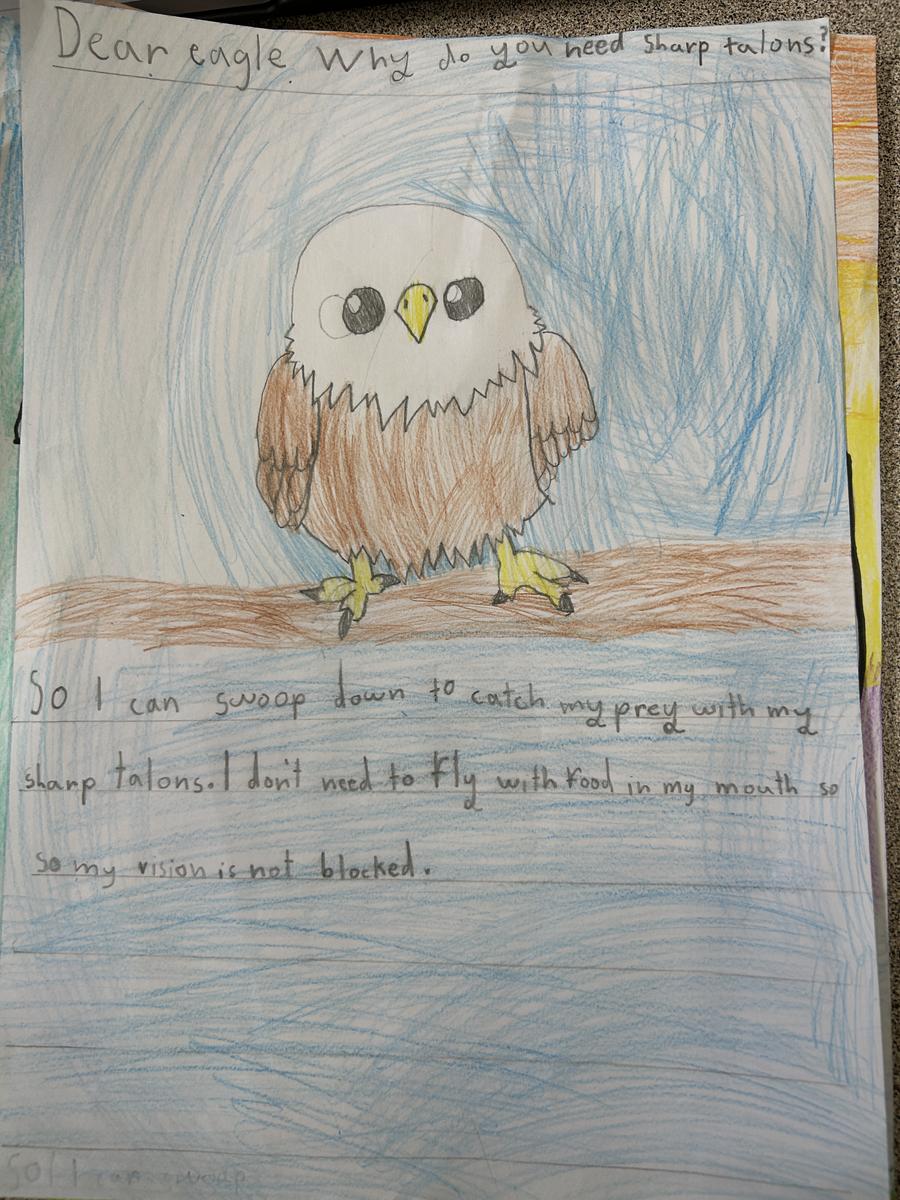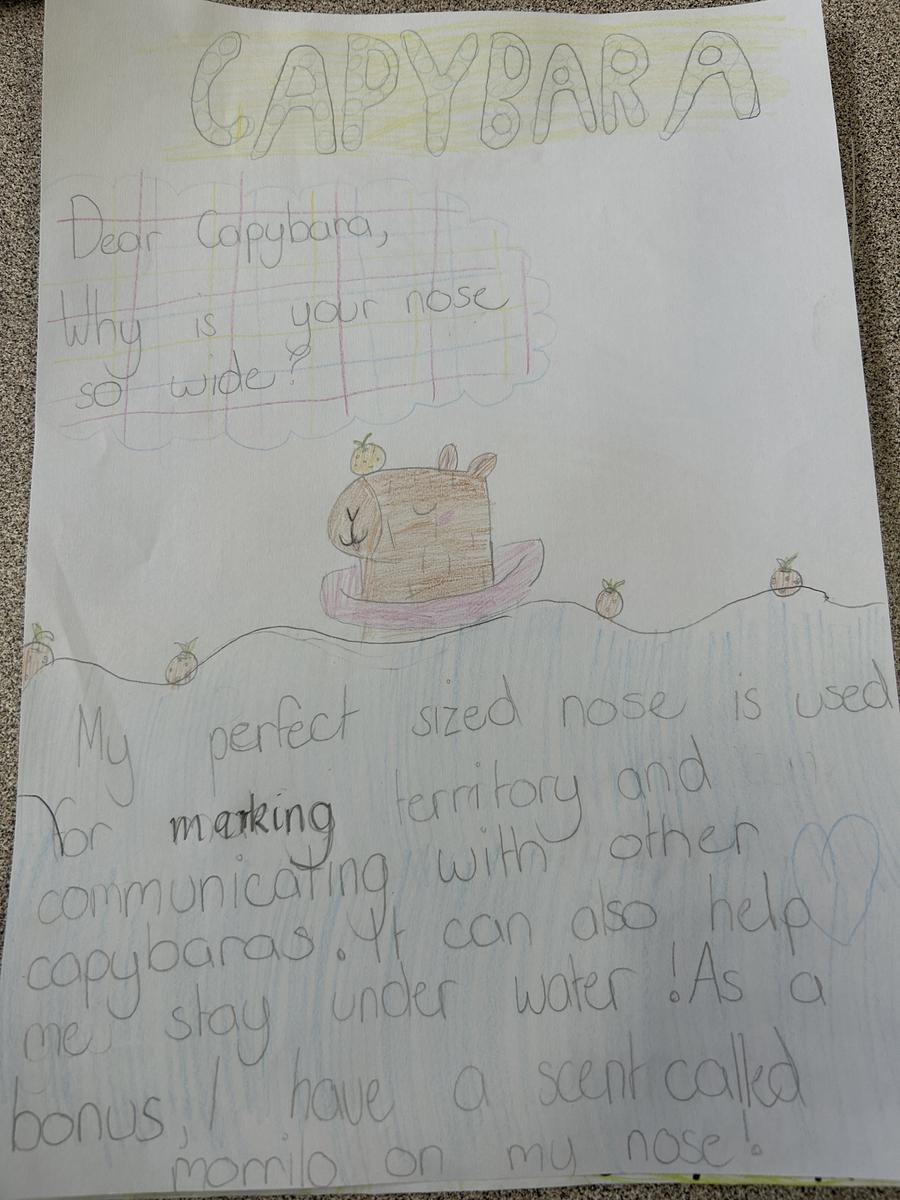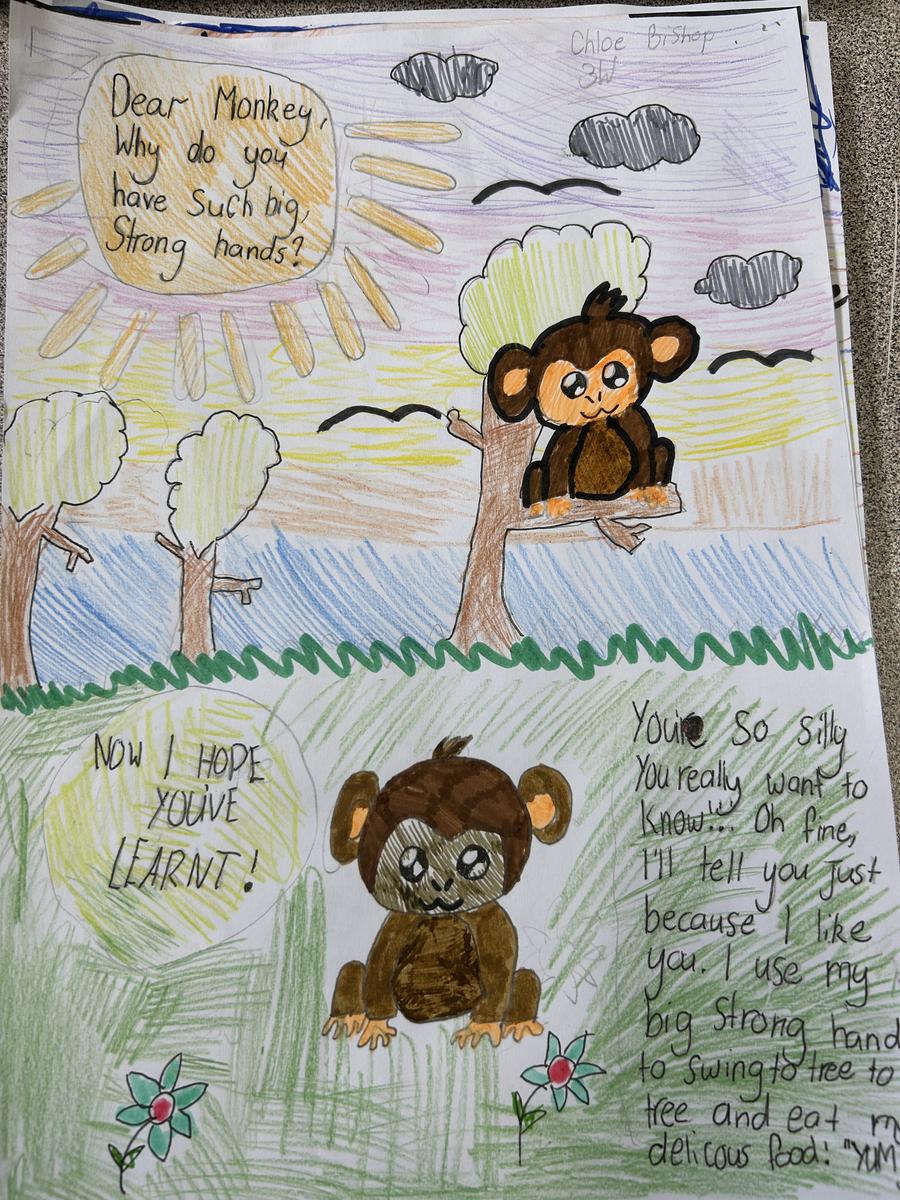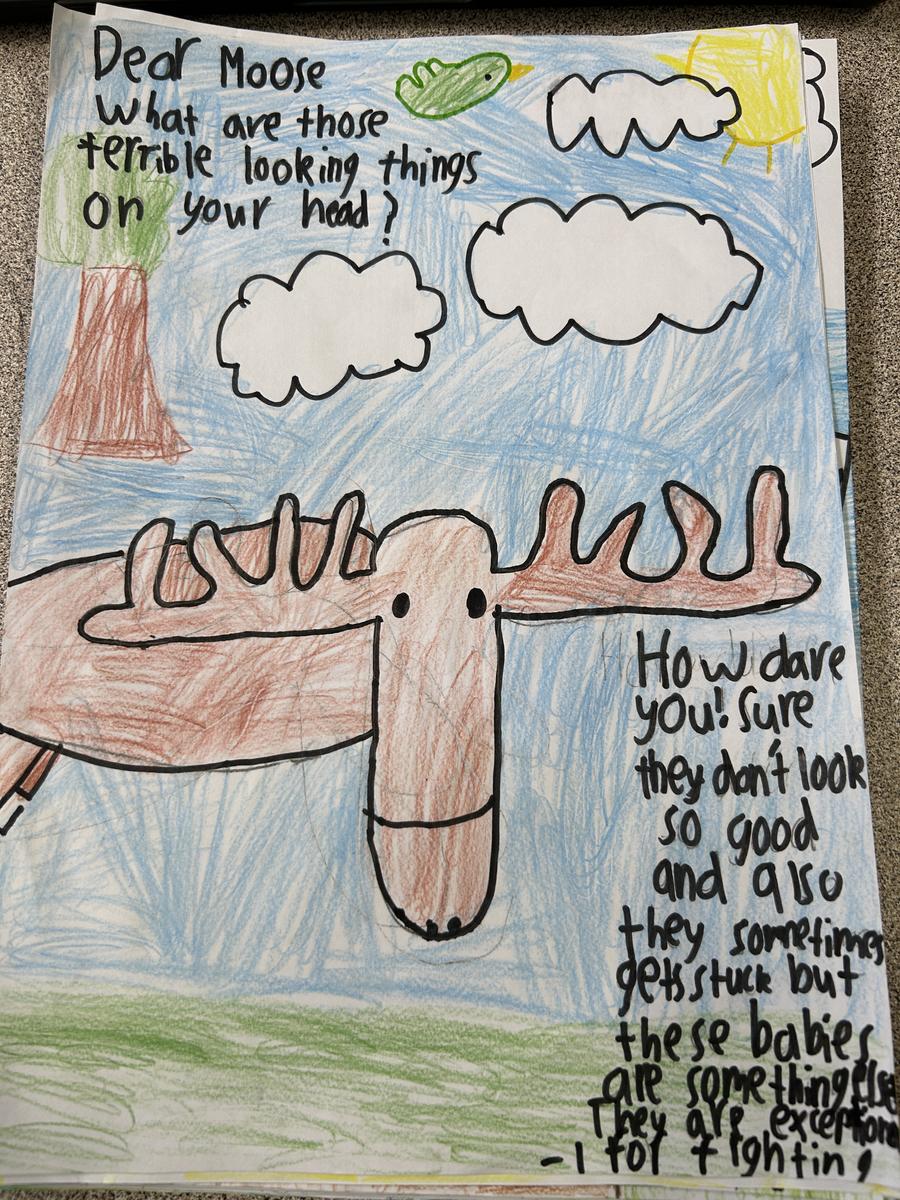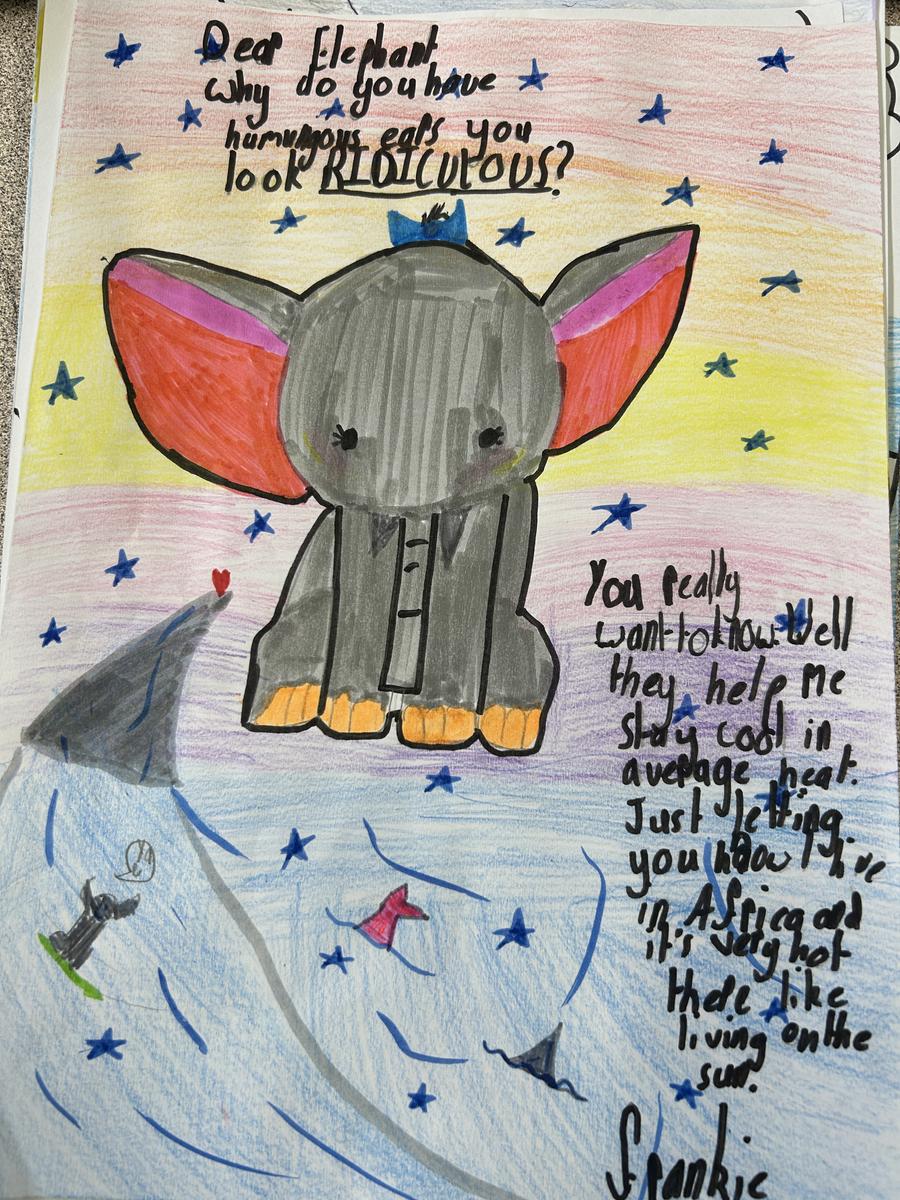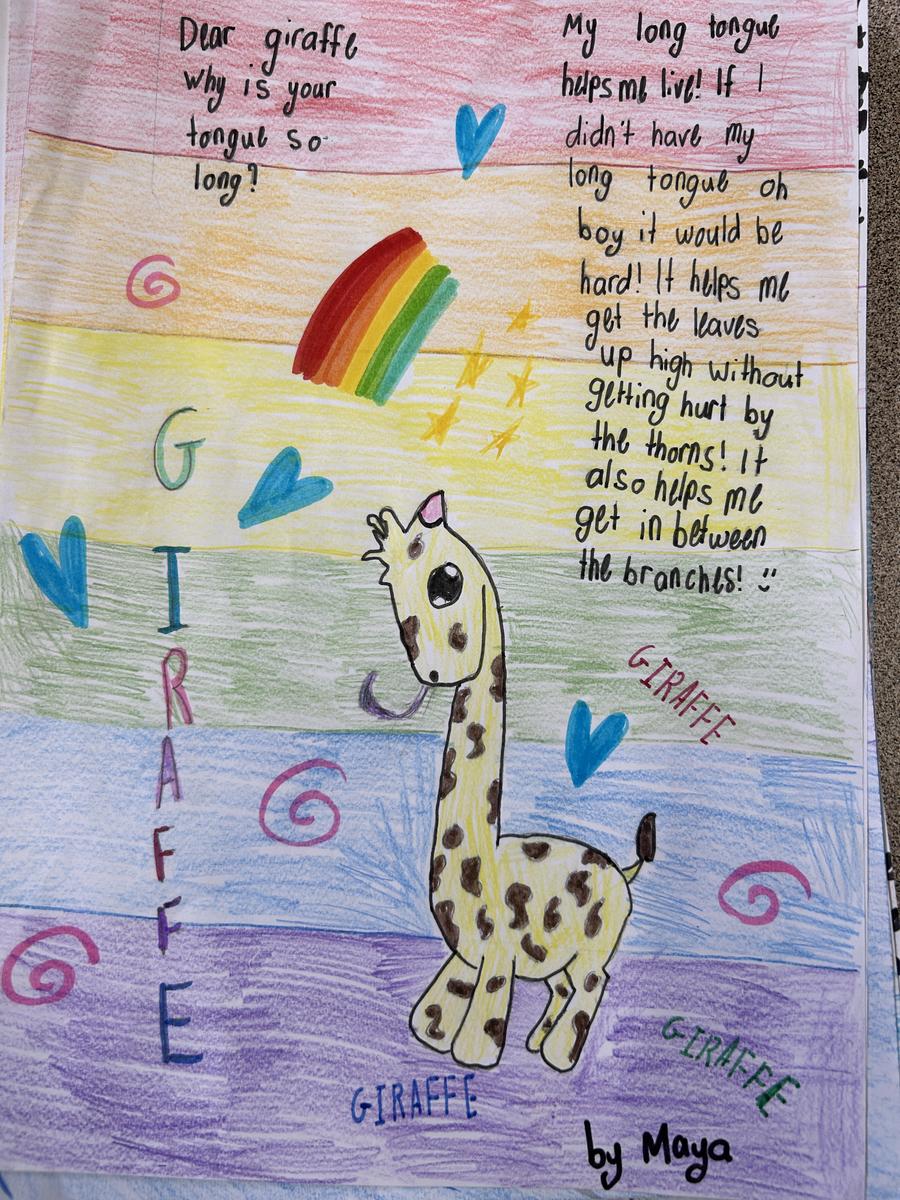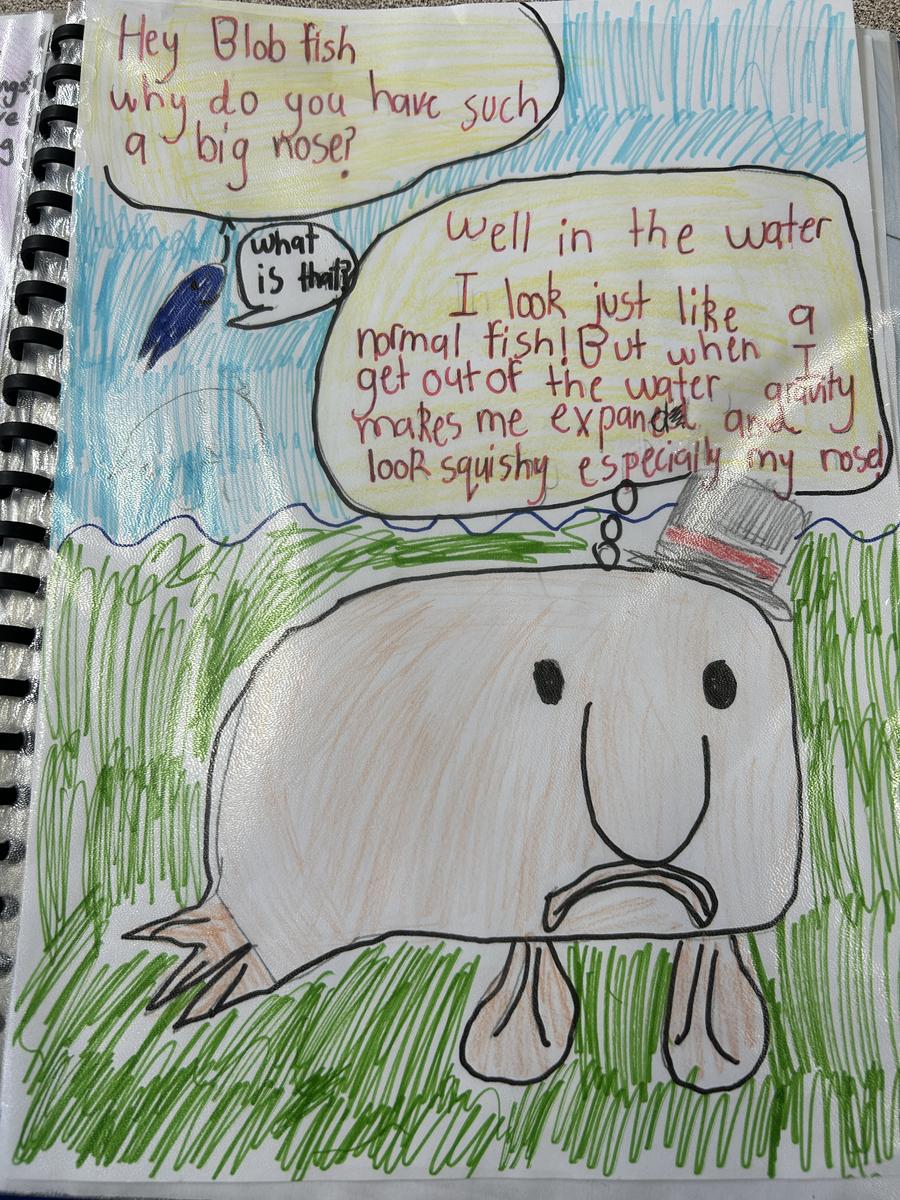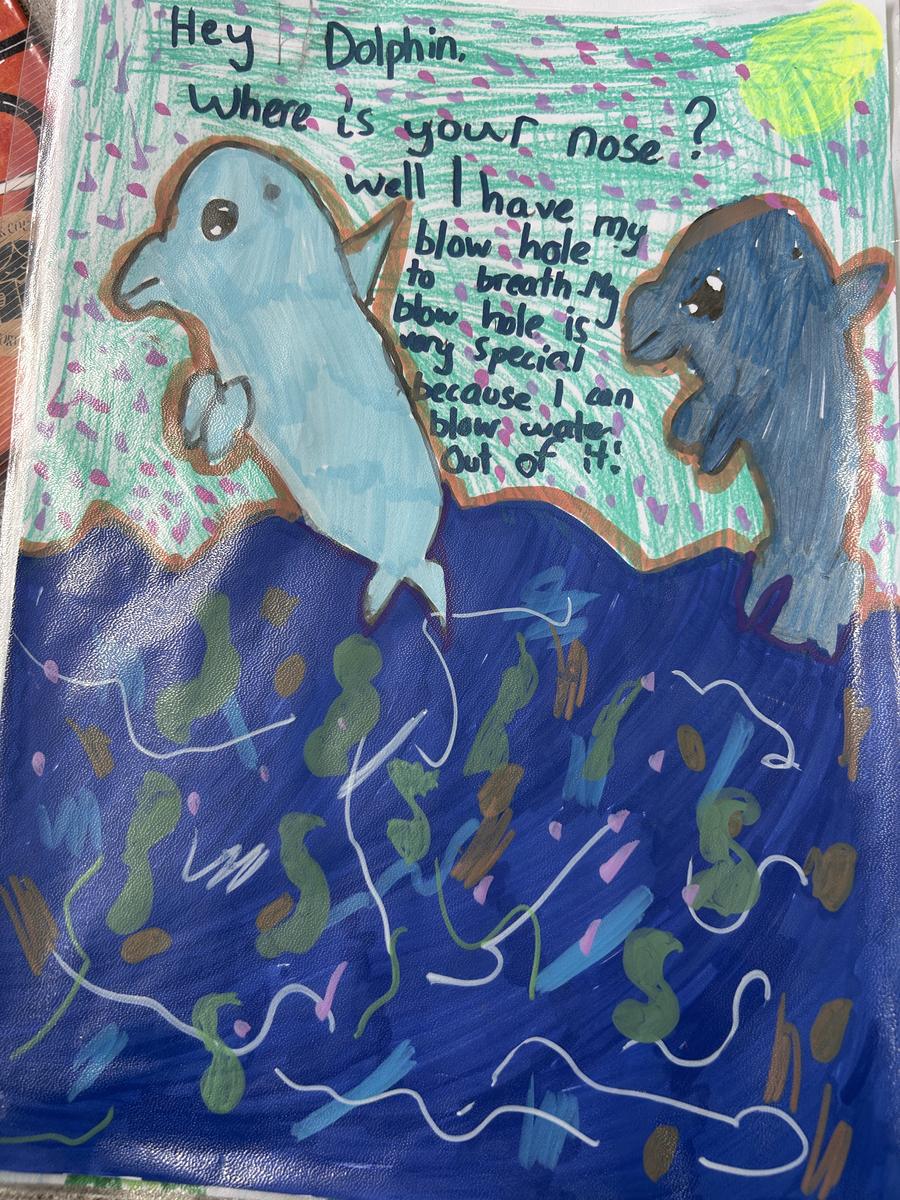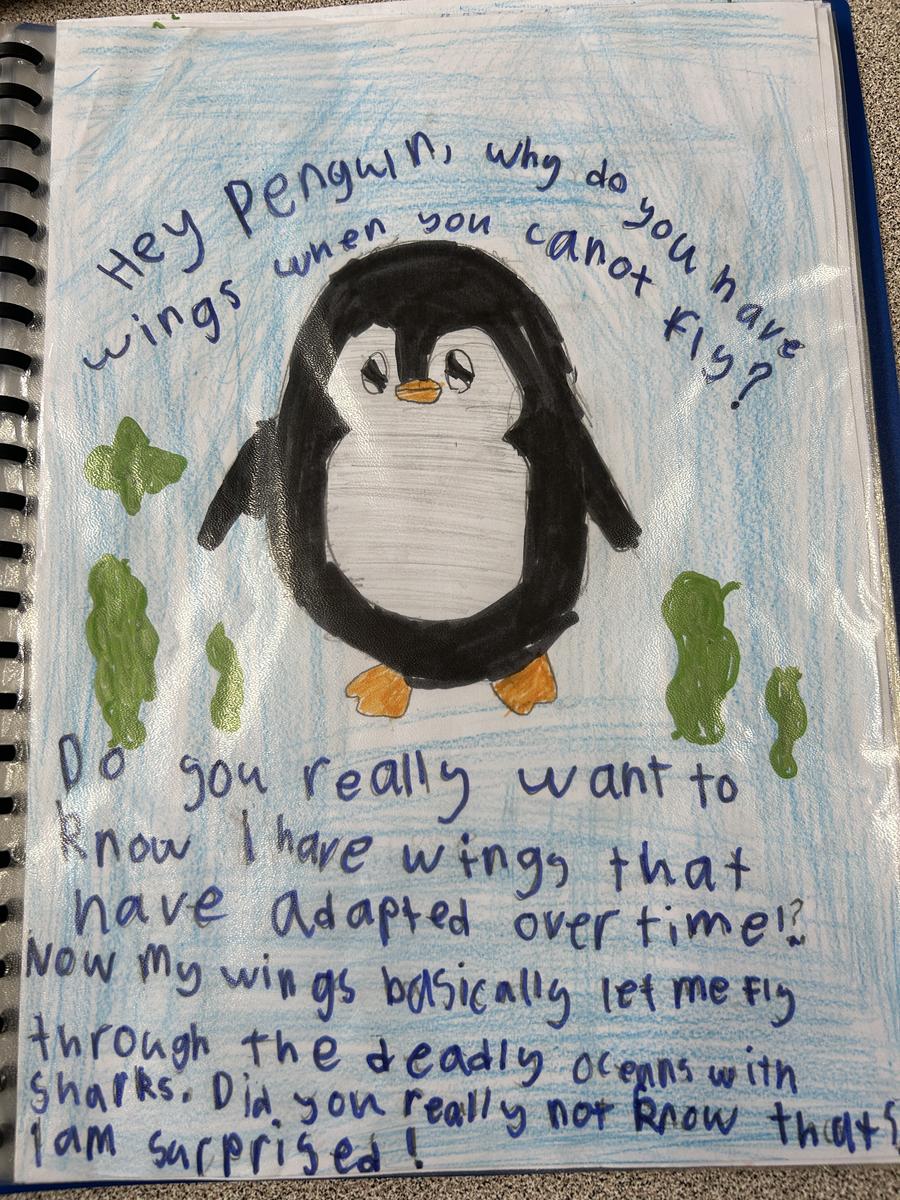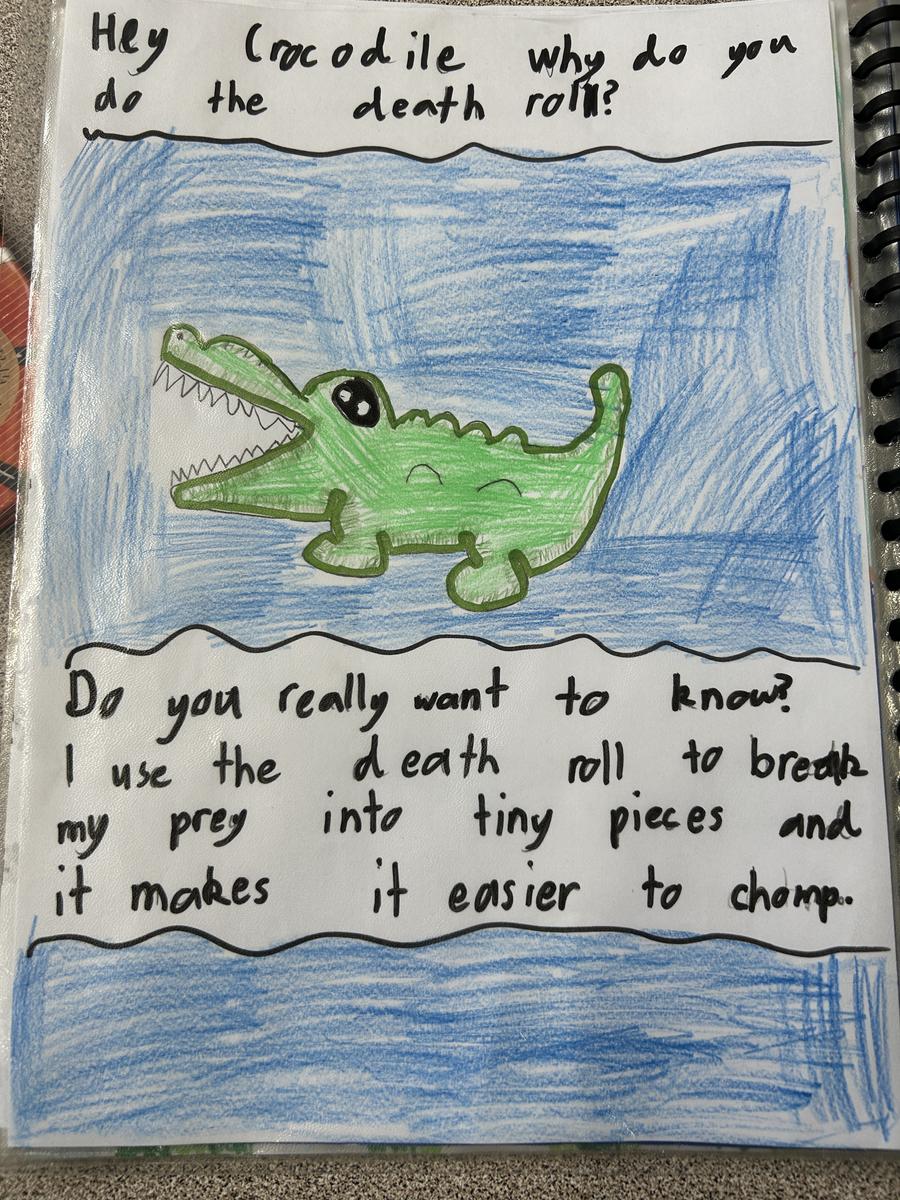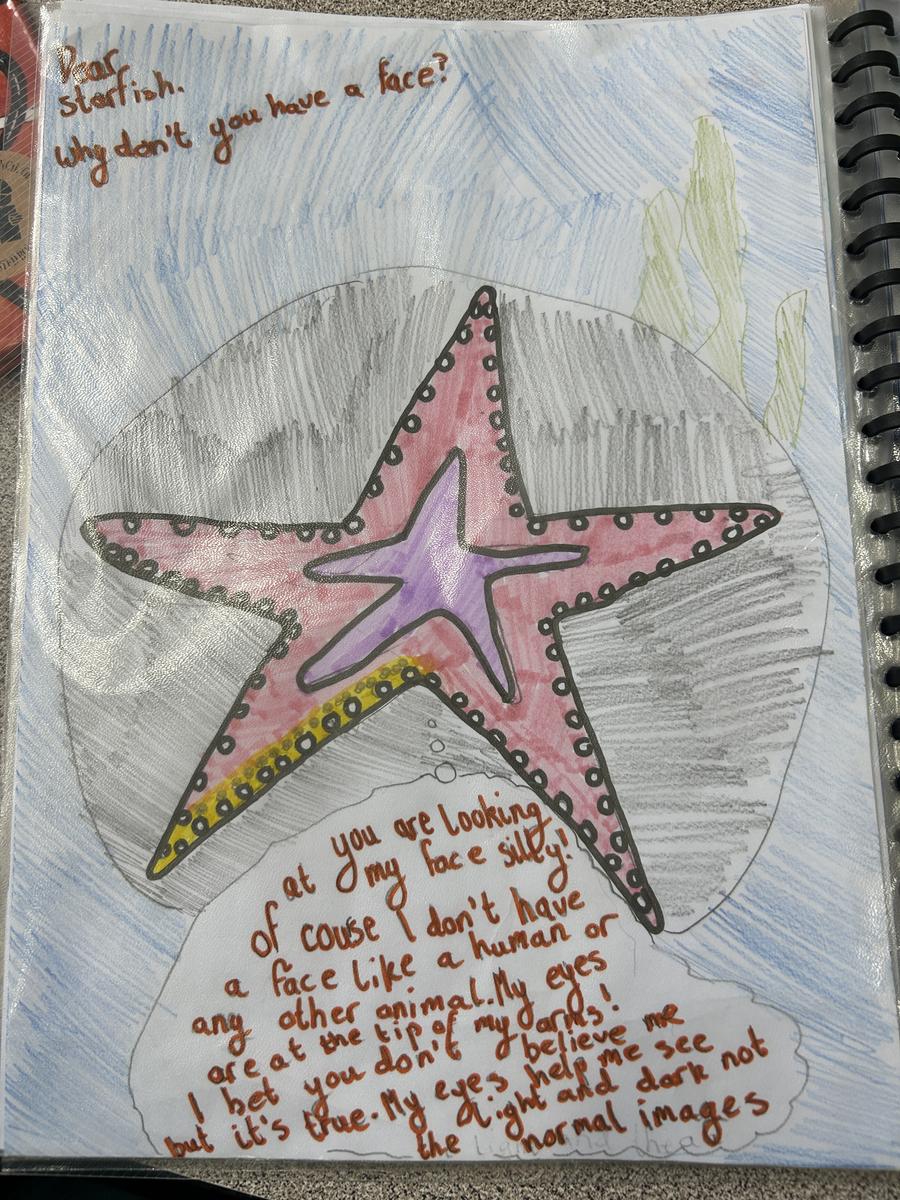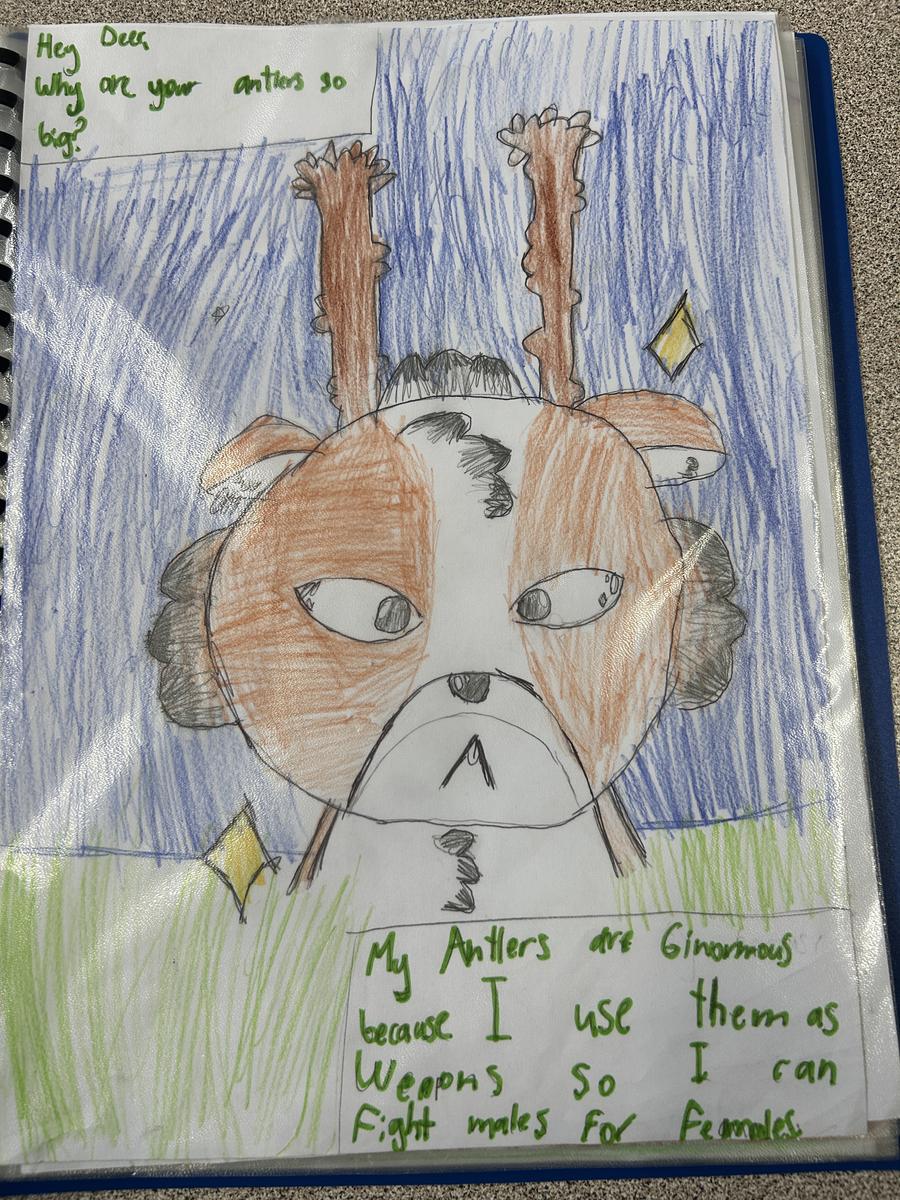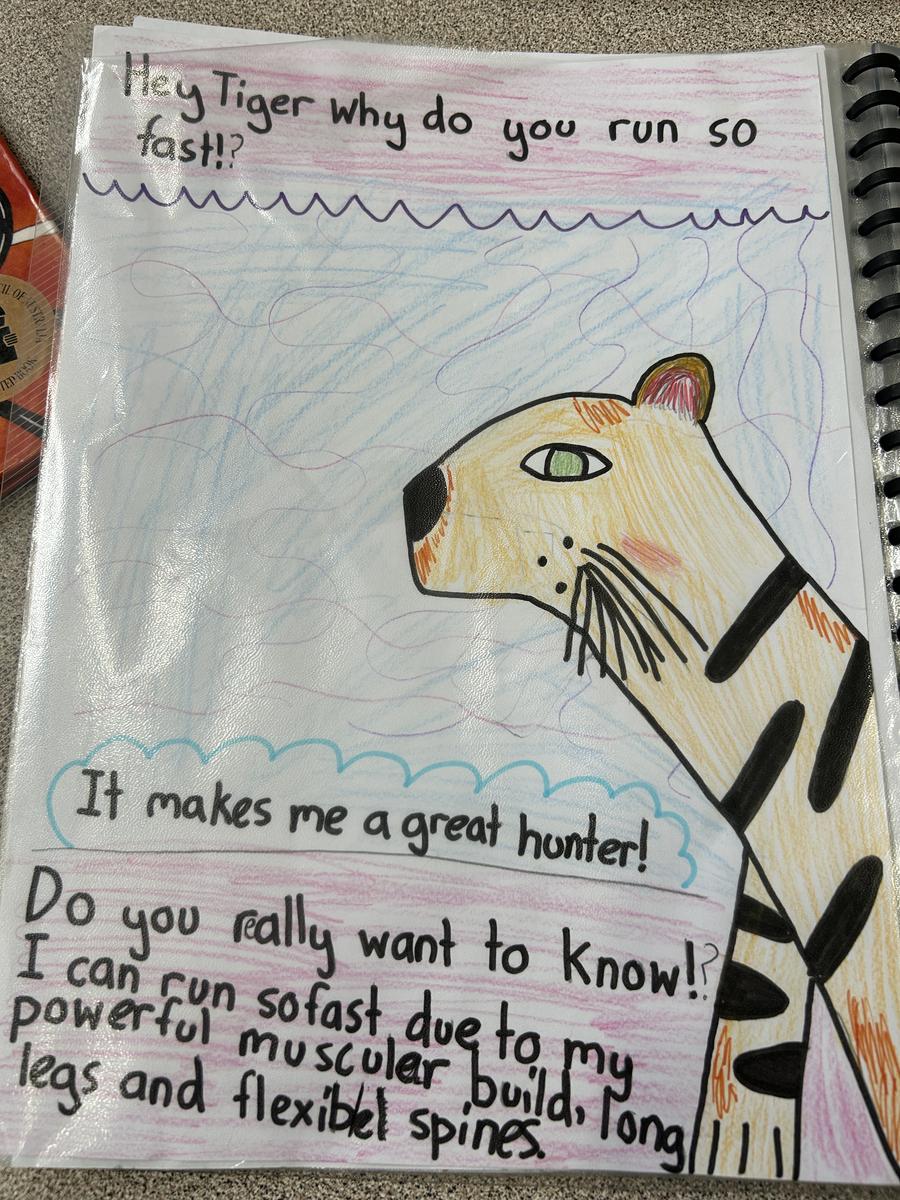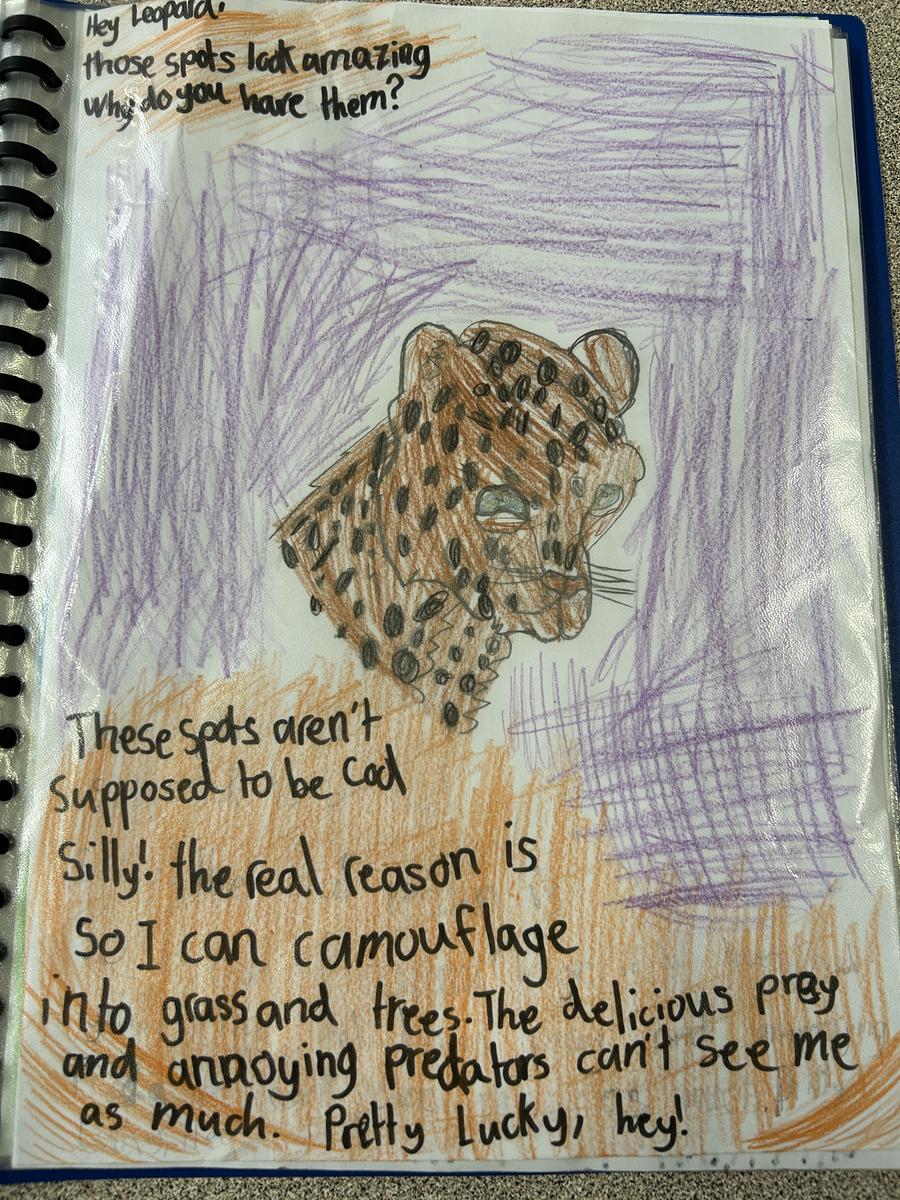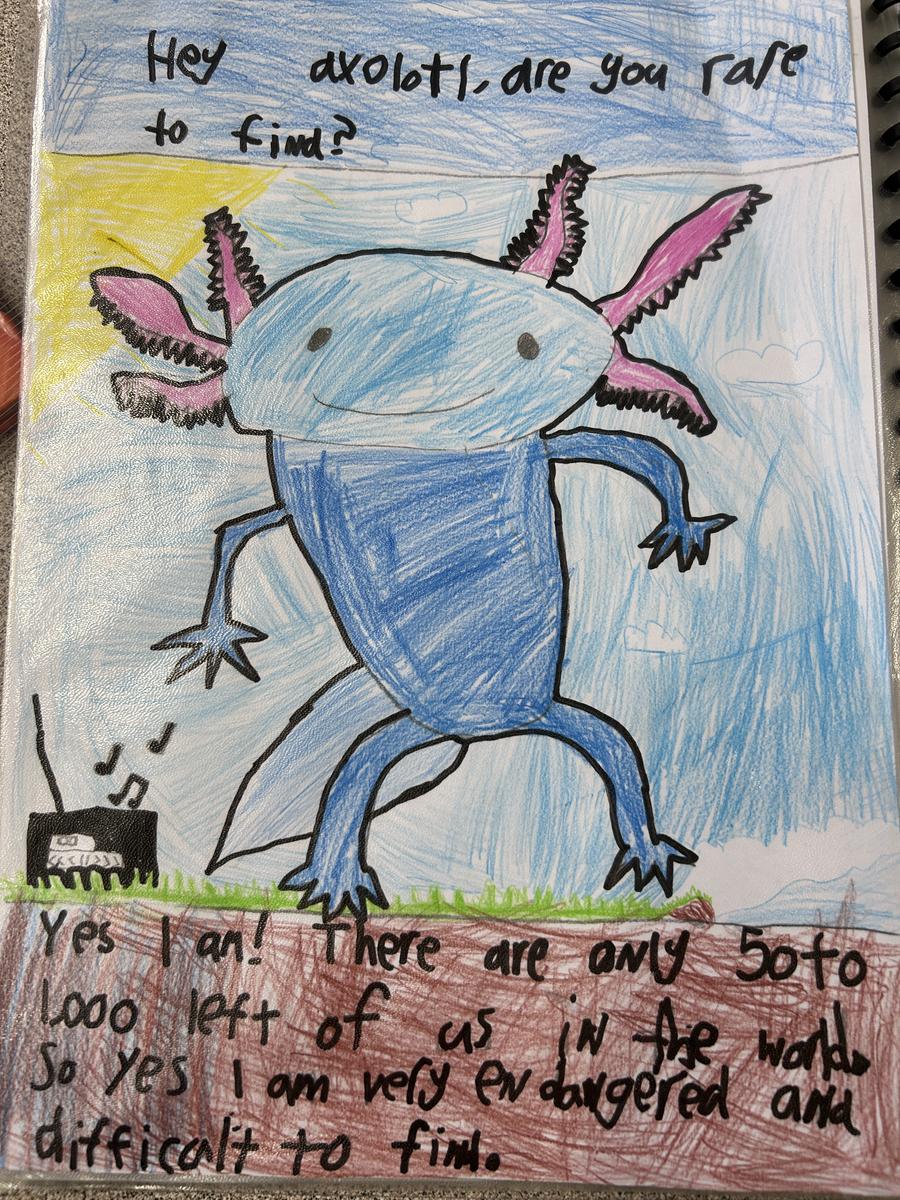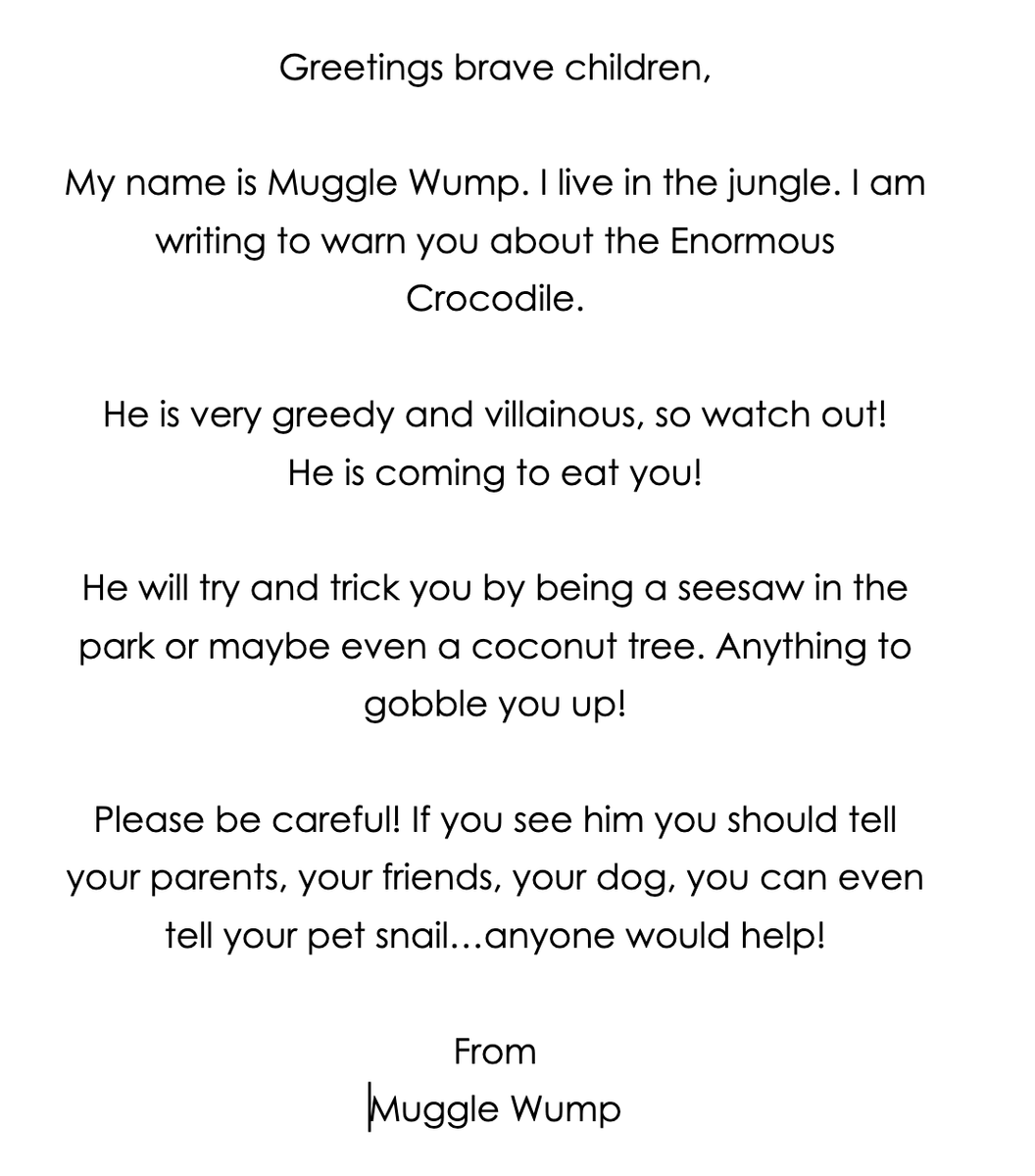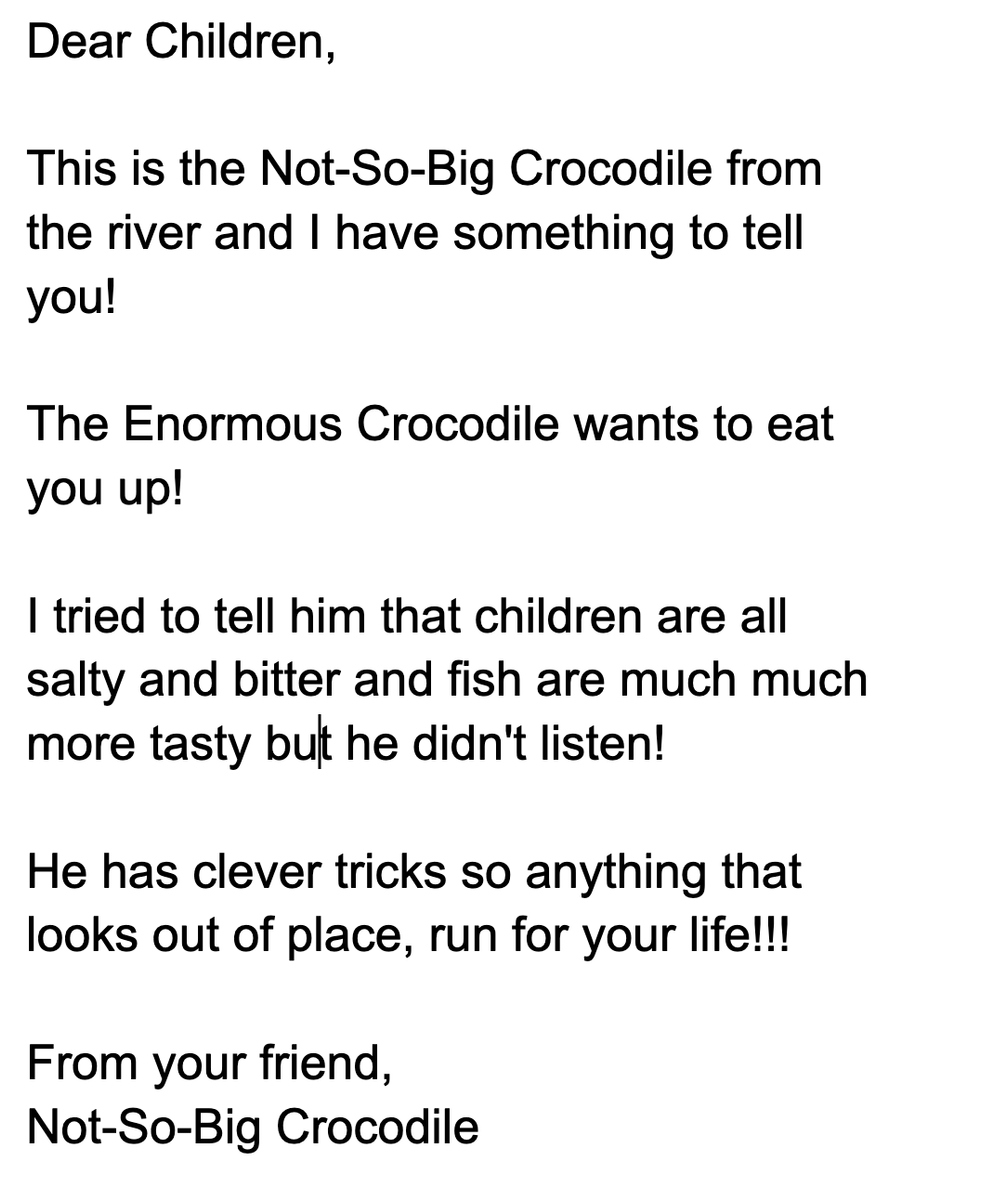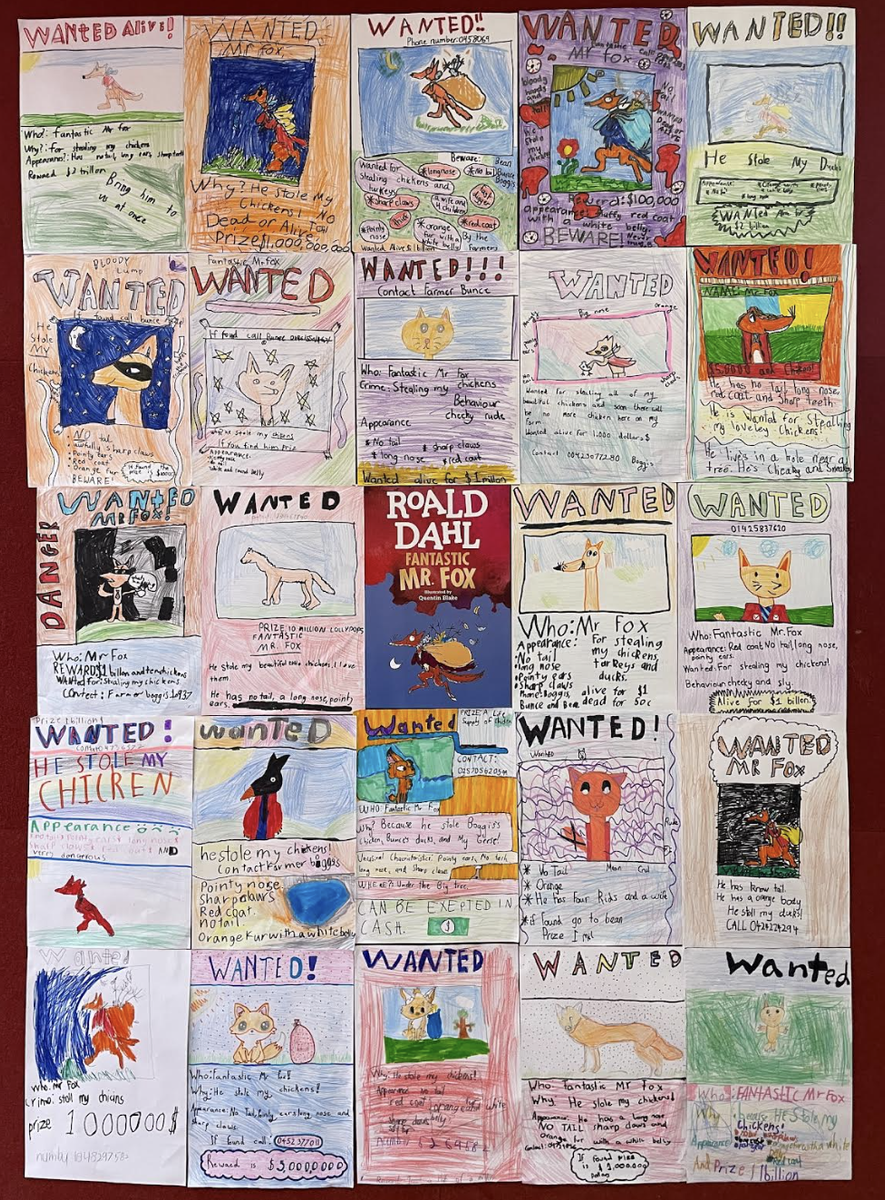Learning and Teaching

Teaching & Learning
A message from Mrs Hodgetts
The science experiments continue to engage the students at St Mary's this term. Whether is was testing lung capacity or replicated the gills of a fish, the students have learnt the important method when conducting a scientific investigation.
I continue to encourage families to discuss the experiments conducted at school or even make up some of your own to continue to develop these important skills.
Mathematics
A message from Mrs Toney
Prime Numbers: Unlocking the Secrets of Maths!
I recently watched a gripping series on Apple TV called Prime Target all about prime numbers. It reminded me that, recently, our Y6 children have been delving into the fascinating world of prime, square, triangular and composite numbers—a key part of their maths learning that helps lay the foundation for more advanced mathematical thinking.
🔢 What Are Prime Numbers?
A prime number is a number greater than 1 that has exactly two factors: 1 and itself. For example, 2, 3, 5, 7, 11, and 13 are all prime numbers. They can’t be divided evenly by any number other than 1 and themselves.
Prime numbers are important because they are the building blocks of all numbers—every whole number can be broken down into a product of prime numbers. This concept is essential for developing a deeper understanding of multiplication, division, and factors.
The Y6 children
- Identified prime numbers up to 100
- Learned the difference between prime and composite numbers
- Explored square and triangular numbers
- Used prime factor trees to break numbers into their prime parts
- Discovered fun historical facts—did you know that prime numbers have been studied for thousands of years?
Our activities are hands-on and designed to make maths engaging and meaningful. From solving prime number puzzles to working with the “Sieve of Eratosthenes” (an ancient Greek method for finding primes), children are becoming confident mathematical thinkers.
🏠 How You Can Support at Home
Here are some easy ways to reinforce prime number learning:
- Ask your child to explain what makes a number prime.
- Play a quick game: “Prime or Not?” using numbers between 1 and 100.
- Use websites or apps that offer interactive prime number games.
- Talk about how numbers are used in everyday life—cooking, shopping, sports scores—all great places to spot maths in action.
Encouraging a positive attitude toward numbers at home can make a big difference in your child’s confidence and enjoyment of maths.
Thank you for your continued support in helping our students become curious, capable, and confident mathematicians.
ENGLISH
A message from Miss Cardillo
Making Connections and Building Knowledge
At St. Mary's we are beginning to think about how we can build background knowledge to improve comprehension.
"Cognitive Science tells us that background knowledge is at least as important to reading comprehension as reading “skills.” Knowledge—of history, science, literary terms, vocabulary—is the chicken and the egg. Knowledge is one of the outcomes of successful reading as well as the wellspring that feeds it." (Teach Like a Champion, Doug Lemov)
One way to ensure we make 'knowledge stick' is to write about what we read and use texts as mentors for our writing. Writing is one of the most important, yet challenging, tasks we ask of our students. Connecting what we read to what we write about is one way to reduce the cognitive load for students as they write. Writing is KNOWLEDGE MADE VISIBLE.
Today we shine a light on some of the work of the Year 3 students. They have been learning all about animals. In English we were teaching students how to develop questions and record responses in simple sentences based off our mentor text, 'Creature Features' by Steve Jenkins and Robin Page. (See below)
Check out some of the samples of work here:
Another fun and connected reading and writing task was all to do with one of our class texts, 'The Enormous Crocodile' by Roald Dahl.
Here is the story for your reference:
The students were asked to write a letter from the perspective of one of the jungle animals warning the children that the Enormous Crocodile was coming to eat them up!
Here are some examples of their letters:
The Year Three students have just begun Fantastic Mr Fox by Roald Dahl as a novel study. The students have been working on WANTED posters for that mischievous, but fantastic, Mr Fox.
